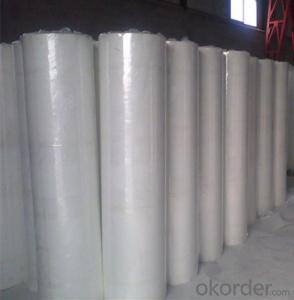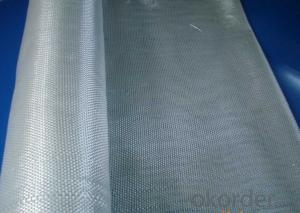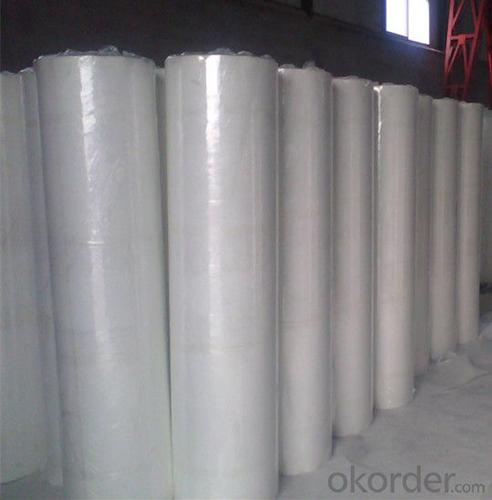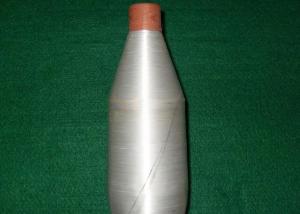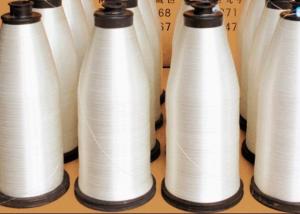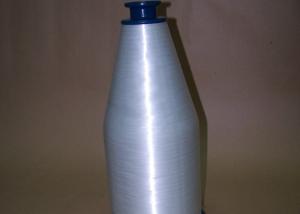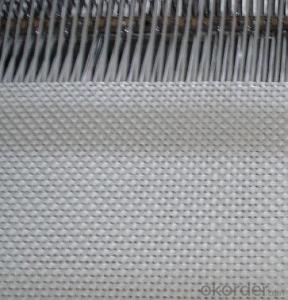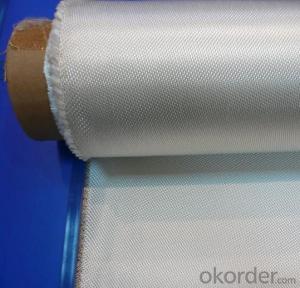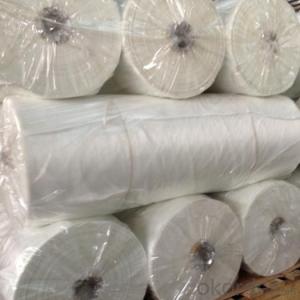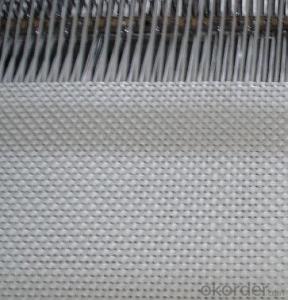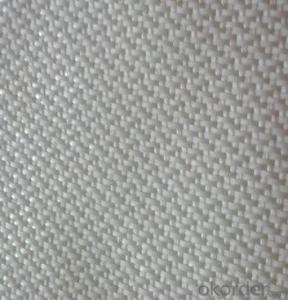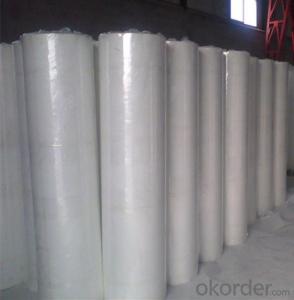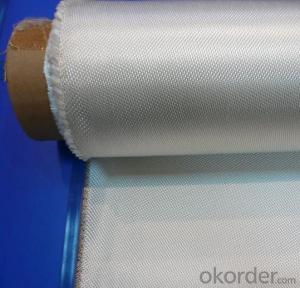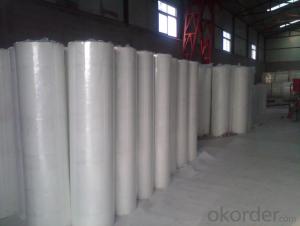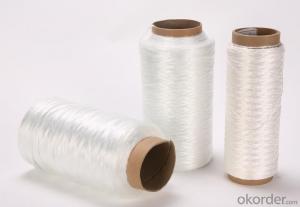Fiberglass Yarn - Fiberglass Fabric of Good Stable Structure ISO9001
- Loading Port:
- Shanghai
- Payment Terms:
- TT OR LC
- Min Order Qty:
- 500 m²
- Supply Capability:
- 50000 m²/month
OKorder Service Pledge
OKorder Financial Service
You Might Also Like
Fiberglass Fabric of Good Stable Structure ISO9001
Fiberglass Fabric Introduction:
Fiberglass fabric is weaved by high quality fiberglass,as a kind of engineering material,which is
many excellent characteristics:
flame-resisting,corrosion resistant,high strength,heat resistance.stable structure,good chemical resistance,durability.
Fiberglass Fabric Features:
1. External thermo insulating composite System (ETICS) & External insulating finish system (EIFS)
2. External and internal plaster reinforcement Fiberglass Mesh;
3. Electrical heating mats Fiberglass Mesh
4. Marble slab reinforcement / Mosaic carrier Fiberglass Mesh;
5. Asphalt reinforcement (roof water-proof)
6. Reinforced lightweight construction boards Fiberglass Mesh.
Fiberglass Fabric Specification:
mark | Fiber consistency(ends/ cm) |
Area weight (g/ m2) |
Thick-ness (mm) |
Width (cm) |
Length (mm) | Breaking strength(N)≥ |
weave | |||
Warp direction | Weft direction | Warp direction | Weft direction | |||||||
EW200 | 16 | 12 | 200±20 | 0.2 | 90-130 | 300-1200 | 980 | 980 | ||
EW210 | 16 | 12 | 200±20 | 0.21 | 90-130 | 300-1200 | 1080 | 1080 | Twill weave | |
Plain weave | ||||||||||
EWR360 | 3.2 | 1.8 | 354±18 | 0.35 | 50-300 | 100 | 2000 | 2000 | ||
EW280 | 16 | 10 | 280±28 | 0.26 | 90-130 | 300-1200 | 1800 | 1800 | ||
EW300 | 14 | 10 | 320±32 | 0.3 | 90-130 | 300-1200 | 1500 | 1500 | ||
EW430 | 20 | 12 | 420±42 | 0.43 | 90-130 | 300-1200 | 2000 | 2000 | Broken twill | |
EWR136 | 10 | 10 | 136±13 | 0.136 | 100 | 200 | 850 | 850 |
Plain weave | |
EWR200 | 8 | 7 | 200±20 | 0.21 | 100 | 200 | 1200 | 1200 | ||
EWR400 | 3.6 | 3.2 | 400±30 | 0.4 | 100 | 50-100 | 2500 | 2500 | ||
EWR600 | 2.6 | 2.5 | 600±50 | 0.6 | 100 | 40KG | 4000 | 4000 | ||
EWR580 | 2.5 | 2.3 | 576±29 | 0.58 | 100 | 40KG | 3850 | 3850 | ||
EWR800 | 1.8 | 1.8 | 800±60 | 0.8 | 100 | 40KG | 4600 | 4600 | ||
Product Show
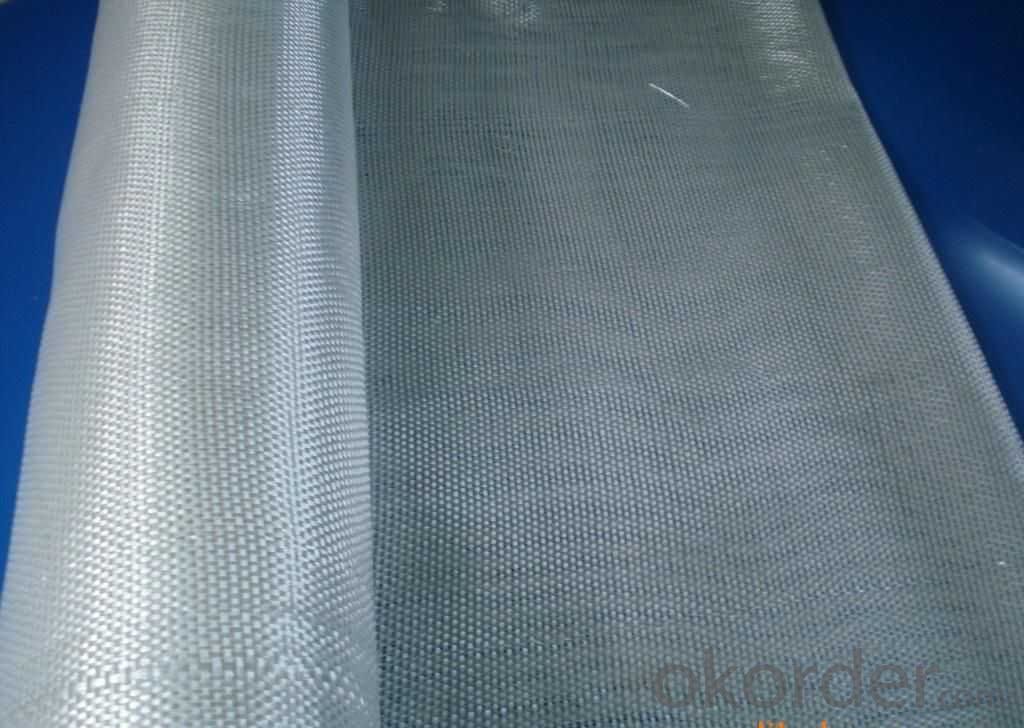
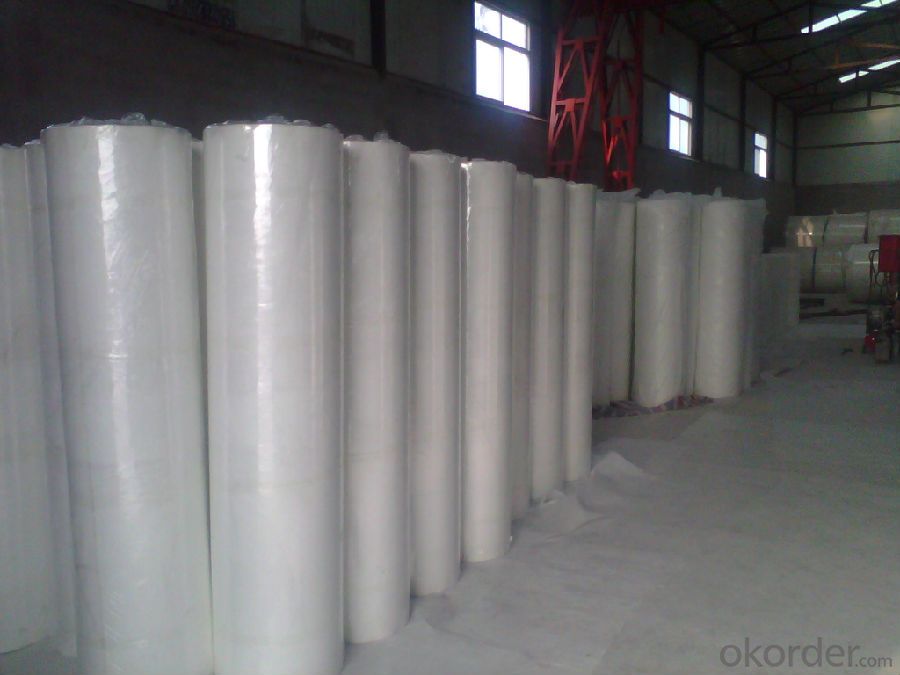
Fiberglass Fabric Usage:
E-glass woven roving is a schistose double faces reinforcement fabric that is weaved into from roving in directly.
E-glass fiber fabric (thin fabrics with thickness from 0.025 to 0.09mm) is suitable for electrical isolation mica product, wax cloth as the reinforcement materials.
E-glass woven roving applys to all kinds of polyester reinforcement system, (such as unsaturated polyester resin, vinylite,epoxy resin and phenolic resin.
FAQ
1.Package of Fiberglass Fabric?
Fiberglass fabric is wound on a paper tube with inner diameters of 50. 8, 76 or 152mm. Each roll is wrapped in a plastic bag, then to be packed in a carton box. The rolls are to be horizontally placed.
Width (cm): 90, 100, 127
Length (m): 100, 200, 300, 400
2.Storage of Fiberglass Fabric?
Store rolls in a cool, dry location
Protect rolls from weather and other damage.
3.If sample available if needed?
We aim to offer our customer best Products&Service,samples are allowed if necessary.
- Q: Can fiberglass yarn be used in shipbuilding?
- Fiberglass yarn has the capability to be utilized in shipbuilding. Being both sturdy and lightweight, fiberglass yarn is appropriate for a variety of applications in the marine industry. Its common use in shipbuilding involves reinforcing composite materials like fiberglass-reinforced plastic (FRP) composites. These composites are integral in constructing boat hulls, decks, and other structural components, as they provide enhanced strength and durability. Additionally, fiberglass yarn possesses corrosion resistance, a significant trait for shipbuilding materials. In conclusion, fiberglass yarn is a versatile substance that can effectively contribute to the construction of ships and other marine vessels.
- Q: Can fiberglass yarn be used in construction materials?
- Yes, fiberglass yarn can be used in construction materials. Fiberglass yarn is made from thin fibers of glass that are spun together to form a strong and durable material. It is commonly used in the construction industry for reinforcing and strengthening various materials such as concrete, plaster, and asphalt. When added to these materials, fiberglass yarn helps to increase their tensile strength, improve their resistance to cracking and shrinkage, and enhance their overall durability. It is often used in the production of fiberglass-reinforced concrete (GRC) panels, which are commonly used in architectural elements such as facades, cladding, and decorative structures. Additionally, fiberglass yarn can also be used in the production of insulation materials, roofing materials, and reinforcement fabrics for various construction applications. Overall, fiberglass yarn is a versatile and reliable material that offers numerous benefits in the construction industry.
- Q: Is fiberglass yarn suitable for use in chemical reactors?
- Fiberglass yarn is not typically suitable for use in chemical reactors. Chemical reactors are used to carry out various chemical processes, often involving high temperatures and corrosive chemicals. Fiberglass yarn is a type of yarn made from spun glass fibers, and while it is known for its strength and durability, it is not resistant to the corrosive effects of many chemicals. Chemical reactors often require materials that can withstand harsh conditions, such as high temperatures, pressure, and chemical exposure. Common materials used in chemical reactors include stainless steel, glass-lined steel, and various types of special alloys or polymers that are specifically designed to resist corrosion and chemical attack. While fiberglass yarn may have some applications in other industries, such as insulation, electrical insulation, or reinforcement for composite materials, it is generally not recommended for use in chemical reactors due to its limited chemical resistance. It is important to use materials that are specifically designed and tested to withstand the specific chemical environment of a reactor to ensure safe and efficient operation.
- Q: Is fiberglass yarn suitable for outdoor applications?
- Yes, fiberglass yarn is suitable for outdoor applications. It is highly durable, weather-resistant, and has excellent resistance to UV radiation, making it a suitable choice for outdoor use. Additionally, it is resistant to moisture, chemicals, and insects, further enhancing its suitability for outdoor applications.
- Q: Does fiberglass yarn have any special properties?
- Yes, fiberglass yarn has several special properties. It is known for its high strength-to-weight ratio, excellent heat resistance, and electrical insulation properties. It is also resistant to chemicals and has low thermal conductivity. Additionally, fiberglass yarn is highly durable and has good dimensional stability, making it suitable for various applications such as in the automotive, aerospace, and construction industries.
- Q: How does fiberglass yarn perform in terms of sound insulation?
- Fiberglass yarn performs exceptionally well in terms of sound insulation. Its dense and fibrous composition allows it to effectively absorb and dampen sound waves, reducing noise transmission and improving acoustic performance.
- Q: How does fiberglass yarn perform in high-impact environments?
- Fiberglass yarn is known for its exceptional performance in high-impact environments. Its unique composition, which consists of fine glass filaments bound together, provides strength and durability, making it highly resistant to impact and mechanical stress. When subjected to high-impact situations, such as heavy loads or sudden impacts, fiberglass yarn exhibits excellent energy absorption properties. It can effectively disperse and distribute the force generated by the impact, preventing structural failure or damage. This feature makes fiberglass yarn an ideal choice for applications that require high strength and impact resistance, such as in the construction of composite materials, automotive parts, and protective equipment. Furthermore, fiberglass yarn's high tensile strength allows it to withstand significant stretching forces without breaking or deforming. This characteristic enables it to maintain its structural integrity even under extreme conditions, making it suitable for use in environments with frequent impacts or vibrations. Another advantage of fiberglass yarn in high-impact environments is its resistance to corrosion and degradation. Unlike metals or other materials that may corrode, rust, or weaken over time, fiberglass yarn retains its properties even when exposed to harsh conditions, such as moisture, chemicals, or UV radiation. This resistance to degradation ensures its long-term performance and reliability in high-impact environments. In summary, fiberglass yarn excels in high-impact environments due to its exceptional strength, energy absorption capabilities, and resistance to corrosion and degradation. These characteristics make it a preferred choice for various industries where durability, impact resistance, and long-term performance are essential.
- Q: Can fiberglass yarn be used in reinforcement of polymer composites?
- Yes, fiberglass yarn can be used in the reinforcement of polymer composites. Fiberglass yarn is a commonly used material due to its high strength, lightweight nature, and resistance to corrosion. It is often used as a reinforcement material in polymer composites to enhance their mechanical properties and durability.
- Q: Can fiberglass yarn be used in medical textiles?
- Indeed, medical textiles can incorporate fiberglass yarn due to its exceptional strength and ability to withstand heat, chemicals, and moisture. These remarkable qualities render it appropriate for a range of medical uses, including wound dressings, surgical gowns, and medical implants. Fabrics woven or knitted from fiberglass yarn offer outstanding mechanical support and longevity. Moreover, the yarn can be treated with antimicrobial substances to prevent infections. Nevertheless, it is crucial to exercise caution to prevent potential hazards linked to fiberglass utilization, such as skin irritation or inhalation of fibers.
- Q: Can fiberglass yarn be used for making clothing?
- Yes, fiberglass yarn can be used for making clothing. While it is not a common material for clothing, fiberglass yarn offers unique properties that make it suitable for certain applications. Fiberglass is known for its strength, durability, and resistance to heat, chemicals, and fire. These properties make it ideal for protective clothing used in industries such as firefighting or welding, where safety is a primary concern. Additionally, fiberglass yarn can be blended with other fabrics to enhance their strength and durability, making it suitable for use in sportswear or outdoor apparel. However, it is important to note that fiberglass yarn can be abrasive and uncomfortable against the skin, so it is typically used as a reinforcing material rather than a primary fabric.
Send your message to us
Fiberglass Yarn - Fiberglass Fabric of Good Stable Structure ISO9001
- Loading Port:
- Shanghai
- Payment Terms:
- TT OR LC
- Min Order Qty:
- 500 m²
- Supply Capability:
- 50000 m²/month
OKorder Service Pledge
OKorder Financial Service
Similar products
Hot products
Hot Searches
Related keywords
